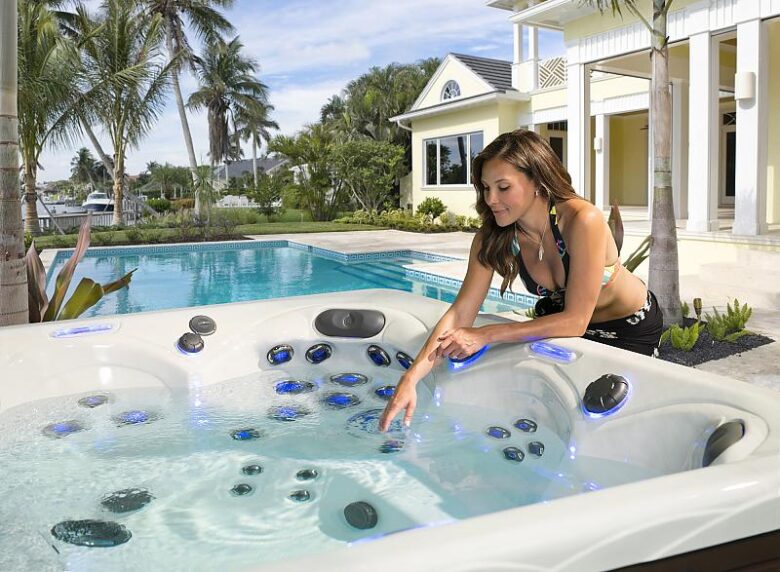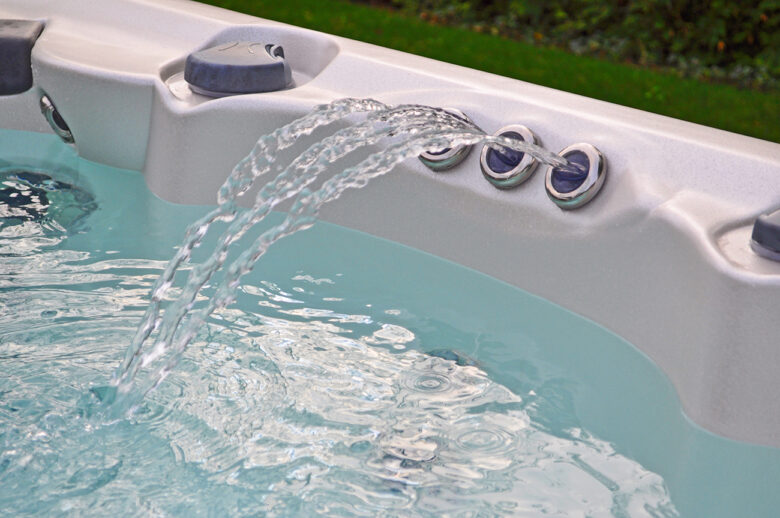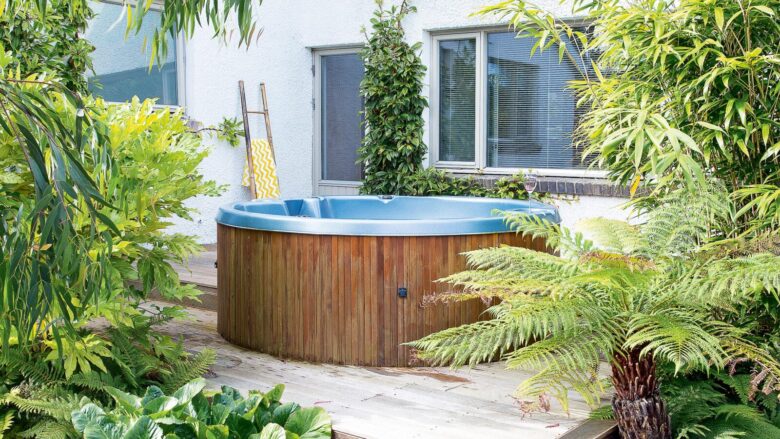Have you considered buying a hot tub, or do you already have one but need good advice on maintenance? There are many hot tubs or whirlpools around us, but few owners manage to maintain them properly, and this can have serious consequences for the equipment itself, but what is much more significant, is for the health of the users. In other words, if you learn how to maintain it properly, not only will it last longer, but it will also be much safer to use. Therefore, we made some rules for you to have in mind, so that you can enjoy a warm massage, at home, for as long as possible.
Let’s start with the basics…What is a hot tub?
A hot tub is a private massage pool available only to the owner and his (invited) guests in his private home. It’s the simplest definition possible, provided by jacuzzi.ie.
Naturally, the biggest responsibility of the owner is that the water is clean and disinfected, just like in any other pool.
Why is this important?

Warm water provides ideal conditions for the growth of microorganisms, algae, etc. If the water in the tub is not clean and disinfected, it can become contaminated with bacteria and other microorganisms. Contact with such water can lead to:
- skin, eye, and ear infection
- gastrointestinal infections (stomach aches)
- serious and even fatal respiratory infections such as Legionnaires’ disease.
Newborns, elderly people, and people with reduced immunity are particularly susceptible to infection with microorganisms found in contaminated pool water. Hence, the importance of keeping your hot tub clean.
Keeping the hot tub water safe
Proper disinfection and filtration of pool water kills harmful microorganisms, removes small particles of inflammation on the outside, parts of skin, fat, and oil from the bather’s body, and ensures that the water is clean, sparkling, and safe for bathing.
Water temperature and other factors affect disinfection and should be maintained within recommended values.
Pool water must be tested with a suitable tester before swimming at least 2-3 times a week. Each test must include a minimum measurement of disinfection levels, pH, and acidity. The temperature is measured regularly to ensure optimal conditions for the action of disinfectants. It is very important to regularly clean the screens in the skimmer and in front of the circulation pump so that they do not become a source of contamination.
Water quality

If a sand filter is used, the water used to backwash and rinse the filter must be poured into a sewer or, in places without a sewer, into an underground absorption well. The outdoor hot tub should have a cover to prevent the ingress of dirt, pollen, leaves, insects, etc. into the water.
Disinfectants
Use only disinfectants intended for private massage pools and available in the commercial network. Chlorines and bromines are the most common. Other methods include ozonation, UV radiation, and ionization systems.
Note: ozone, UV, and ionization systems require the addition of small amounts of oxidizing agents to maintain constant disinfection activity in the water.
The ideal disinfection system is one that uses automatic dosing and filtration, although manual systems are commonly used in smaller, private pools. When using manual dosing, it is important to check the pump and filtration system daily to ensure their cleanliness and proper functioning.
Devices for disinfection of the floating dispenser type should always be used, so that disinfection can be carried out even when the tub, that is, the circulation, is not in operation.
Consult your hot tub supply supplier about handling them.
If the massage pool is constantly in use, and especially if it has been out of use for a long time, it is possible that more serious contamination can occur and then the so-called “shock treatment”, to return it to proper operating condition.
The right water temperature…

Check the water temperature regularly to ensure comfort, usually between 35 and 37C. The temperature should not exceed 40 C, as this will cause the user to feel uncomfortable, just as an elevated body temperature. If the tub is continuously heated, continuous disinfection is also required!
When Should You Change The Water?
Change 10-15% of the water every week. However, it may be necessary to replace the whole amount of water if:
- the pool was constantly in use or was used by a large number of people or there was no disinfectant in its prescribed limits;
- algae begin to appear;
- the water becomes cloudy and cannot be easily clarified.
Water is always added with the filtration system on.
If algae appear, ensure that the disinfectant and pH corrector levels are within prescribed limits.
If the algae appear to be too many, shock treatment and manual removal may be necessary. If this does not help, the pool must be drained and the internal surfaces must be brushed and rinsed using a chlorine solution. In doing so, it is mandatory to use a mask and goggles, and gloves, while ensuring good ventilation in the room. And if that doesn’t help either, an algaecide will have to be used.
When Should The Hot Tub Not Be Used?
It is highly advised not to use your hit tub if you notice some of the following:
- if the disinfectant level and/or pH value is outside the recommended limits or the water is dirty or
- blurred
- if the filtration unit or pump is not working properly
- if the user is under the influence of alcohol or drugs
- if the user has open wounds or does not feel well or the woman is pregnant
- if the person is immunocompromised, that is, they should consult their doctor
- if not properly maintained.
Having a hot tub involves a lot of cleaning, but it is in your best interest to follow these guidelines we’ve given you. After all, you want to make sure all your family members, and friends who come to use it, stay safe and healthy.

